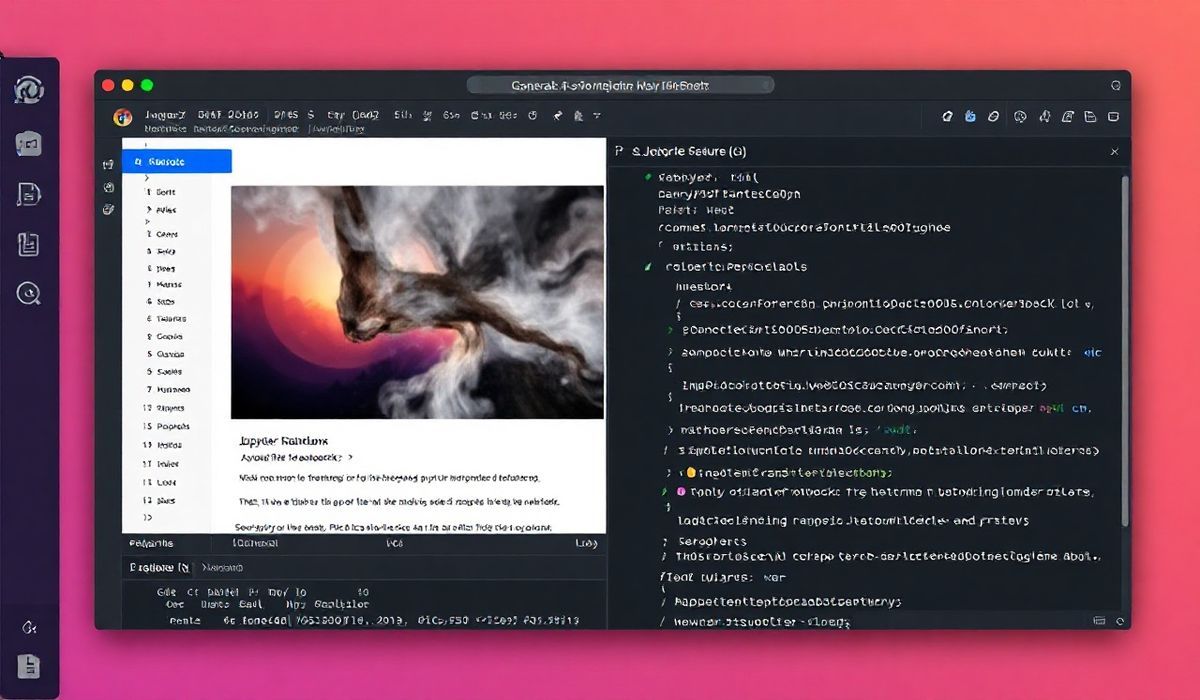Introduction to graph.ql – Building Efficient and Elegant APIs
Graph.ql is a modern approach to write and query APIs in a way that is efficient, flexible, and elegantly simple. It enables developers to define APIs with a single, coherent layer, making data fetching and state management more predictable and easier to use. Whether you’re building complex applications or straightforward microservices, graph.ql has got you covered.
Getting Started with graph.ql
To get started, install graph.ql using npm or yarn:
npm install graph.ql --save
// or
yarn add graph.ql
Example APIs Using graph.ql
Basic Schema Definition
Define a simple schema with a Query type:
const { graphql, buildSchema } = require('graphql');
const schema = buildSchema(`
type Query {
hello: String
}
`);
const root = {
hello: () => 'Hello world!',
};
graphql(schema, '{ hello }', root).then((response) => {
console.log(response);
});
Defining Mutations
Add mutations to your schema for create, update, and delete operations:
const schema = buildSchema(`
type Query {
hello: String
}
type Mutation {
setMessage(message: String): String
}
`);
let message = 'Hello world!';
const root = {
hello: () => message,
setMessage: ({ message: newMessage }) => {
message = newMessage;
return message;
},
};
graphql(schema, 'mutation { setMessage(message: "New message") }', root).then((response) => {
console.log(response);
});
Nested Queries and Types
Create more complex queries and nested types in your schema:
const schema = buildSchema(`
type Query {
user(id: ID!): User
}
type User {
id: ID
name: String
age: Int
posts: [Post]
}
type Post {
id: ID
title: String
content: String
}
`);
const users = [
{ id: '1', name: 'John Doe', age: 28, posts: [{ id: '1', title: 'GraphQL Introduction', content: 'Learn about GraphQL!' }] },
{ id: '2', name: 'Jane Smith', age: 34, posts: [{ id: '2', title: 'Advanced GraphQL', content: 'Deep dive into GraphQL features.' }] }
];
const root = {
user: ({ id }) => users.find(user => user.id === id),
};
graphql(schema, '{ user(id: "1") { name, posts { title } } }', root).then((response) => {
console.log(response);
});
Building an Application with graph.ql
Here is an example of a small application using graph.ql:
const express = require('express');
const { graphqlHTTP } = require('express-graphql');
const { buildSchema } = require('graphql');
const schema = buildSchema(`
type Query {
user(id: ID!): User
}
type User {
id: ID
name: String
age: Int
posts: [Post]
}
type Post {
id: ID
title: String
content: String
}
`);
const users = [
{ id: '1', name: 'John Doe', age: 28, posts: [{ id: '1', title: 'GraphQL Introduction', content: 'Learn about GraphQL!' }] },
{ id: '2', name: 'Jane Smith', age: 34, posts: [{ id: '2', title: 'Advanced GraphQL', content: 'Deep dive into GraphQL features.' }] }
];
const root = {
user: ({ id }) => users.find(user => user.id === id),
};
const app = express();
app.use('/graphql', graphqlHTTP({
schema: schema,
rootValue: root,
graphiql: true,
}));
app.listen(4000, () => console.log('Running a GraphQL API server at http://localhost:4000/graphql'));
This example shows how to create a simple Express server with a GraphQL endpoint, making it easy to fetch user and post data via graph.ql. By leveraging the power of graph.ql, your API can be both powerful and flexible, letting you build robust applications with ease.
Hash: 9735cee8ec407610909900b4836e2477e6ebf812859e7d9c3da254899785784b




